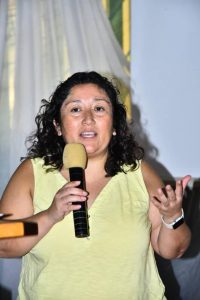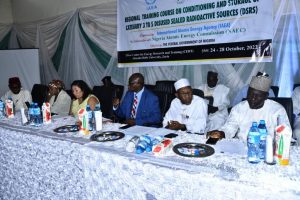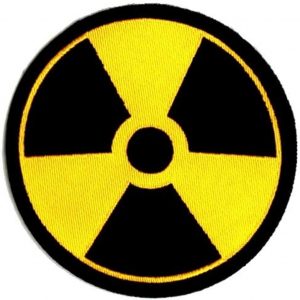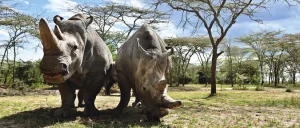The International Atomic Energy Agency, IAEA, in collaboration with the Nigeria Atomic Energy Commission, NAEC, is holding a regional training course on Conditioning and Storage of Categories 3 to 5 Disused, Sealed Radioactive Sources in Nigeria.
The venue is the Centre for Energy Research and Training, CERT, Ahmadu Bello University, Zaria, northwest Nigeria.
It opened on 24 October and closes on 28 October, 2022.
The training course is hosted by the Federal Government of Nigeria and is addressing the problems of threats to lives and the environment from the radioactive contamination from such sources.
A sealed radioactive source is one in which the radioactive source is sealed/closed/housed in a capsule usually a metal, to prevent escape of the radioactive substance and allow the emission of ionising radiation when not in use.
Categories 3 to 5 are the sources used mainly in hospitals and industries (like in brachytherapy, gauges e.g. Cs-137, industrial radiography e.g. Ir-192, irradiators and medical teletherapy units e.g. Co-60) and are prevalent in Nigeria.
Though still dangerous, they are relatively lower in radioactivity than the more dangerous Categories 1 and 2 sources.
The IAEA has published a safety guide (Safety Guide RS-G-1.9) detailing a risk-based ranking for them.
This Safety Guide provides a risk-based ranking of radioactive sources and practices in five categories:
Conditioning the disused sources keeps them safe for handling and storage before they are returned to the manufacturers as a rule under the Nigerian Radioactive Waste Management Regulations, 2006 and their inventory is closed.

The IAEA team to the training course is led by Vivian Pereira Campos.


The course has participants from Nigeria, Ghana and Ethiopia.












